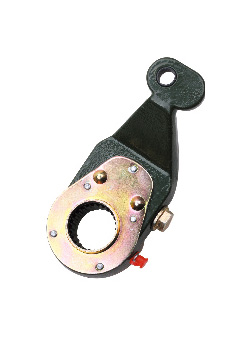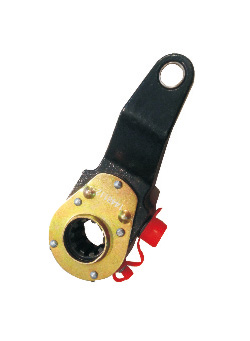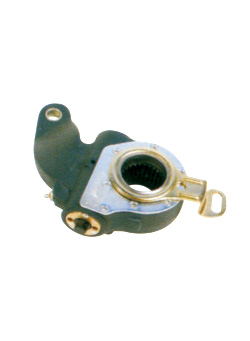- Home
- Products
- Brake Chamber
- Manual Slack Adjuster
- Auto Slack Adjuster
- Air Suzie
- Palm Coupling
- Hydraulic Hose
- Swift Joint
- Quick Release Valve
- Unloader Valve
- Air Dryer
- Relay Valve
- Foot Brake Valve
- Circuit Protection Valve
- Hand Brake Valve
- Clutch Booster
- Levelling Valve
- Gear Box Valve
- ELC Valve
- Switch Part
- Cylinder
- Fuel Pump
- ABS Ecas
- Clutch Cylinder
- Tensioner
- Cabin Pump
- Brake Shoe Kit
- Tire Screw
- Union
- HUB Cover
- Cabin Lock
- “U” Lock
- Brake Chamber
- Manual Slack Adjuster
- Auto Slack Adjuster
- Air Suzie
- Palm Coupling
- Hydraulic Hose
- Swift Joint
- Quick Release Valve
- Unloader Valve
- Air Dryer
- Relay Valve
- Foot Brake Valve
- Circuit Protection Valve
- Hand Brake Valve
- Clutch Booster
- Levelling Valve
- Gear Box Valve
- ELC Valve
- Switch Part
- Cylinder
- Fuel Pump
- ABS Ecas
- Clutch Cylinder
- Tensioner
- Cabin Pump
- Brake Shoe Kit
- Tire Screw
- Union
- HUB Cover
- Cabin Lock
- “U” Lock
- About Us
- News
- Contact Us

 ES
ES EN
EN RU
RU SA
SA




